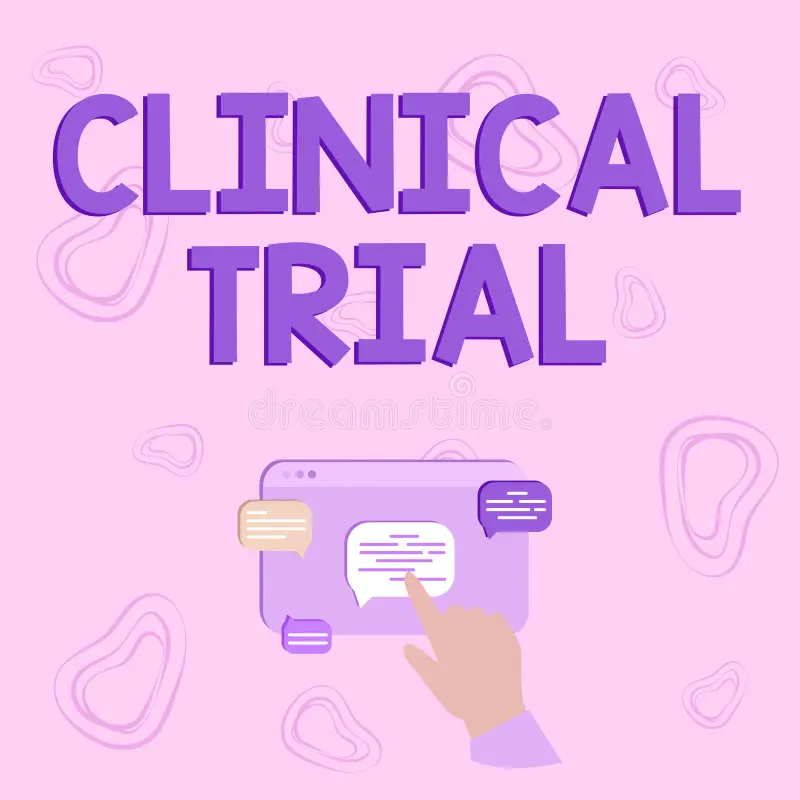A combination product is a therapeutic product that combines two or more different types of regulated components: a drug, device, and/or biological product. These products are designed to improve the effectiveness of treatment and often serve specific medical purposes that individual components cannot achieve alone. Examples include drug-eluting stents, inhalers combined with drugs, or biologic implants that release therapeutic agents over time.
Evaluating the safety and efficacy of combination products in clinical trials presents unique challenges, as these products involve multiple components that may interact in complex ways. Below is an outline of key considerations and approaches for assessing these products in clinical trials.
1. Regulatory Overview and Framework
The regulatory framework for combination products is governed by agencies such as the U.S. Food and Drug Administration (FDA) or the European Medicines Agency (EMA). The combination product may be regulated by different branches within these agencies depending on the components involved (e.g., Center for Drug Evaluation and Research, Center for Devices and Radiological Health, Center for Biologics Evaluation and Research).
- FDA’s Approach: The FDA classifies combination products into different categories based on their primary mode of action (e.g., drug, device, or biologic). The lead center (drug, device, or biologic) becomes the primary entity responsible for regulatory oversight.
2. Clinical Trial Design
Clinical trials for combination products must assess both the individual components and their interactions. The design must account for:
- Efficacy of the combination: Does the combination provide a therapeutic advantage over individual components
- Safety of the combination: Are there new risks introduced by the combination, such as unforeseen interactions between the drug and device or the biologic's release mechanism?
Key elements of trial design:
- Endpoints: Common endpoints in combination product trials include clinical outcomes (e.g., survival, symptom relief), safety profiles, and any device-specific measures (e.g., device failure rates).
- Control groups: Trials often use a randomized controlled design, comparing the combination product against standard treatments or its individual components.
- Cohort selection: Careful selection of trial participants is crucial to understanding the combination's benefits and risks, considering factors like patient demographics, underlying conditions, and prior treatments.
3. Safety Evaluation
Safety evaluation is particularly critical in combination products due to the potential for new risks arising from the interactions between the drug, device, and biologic. Specific safety concerns include:
- Adverse events (AEs): Monitoring for side effects related to the combined components, such as drug-device interactions or immune responses to biologics.
- Device-related complications: For device-based combination products, complications such as device malfunction, improper dosing, or tissue reactions are key considerations.
- Pharmacovigilance: Comprehensive tracking of adverse events post-market is essential for combination products, as long-term effects may only emerge after widespread use.
4. Efficacy Evaluation
Efficacy trials for combination products aim to demonstrate that the combination is superior to individual components or placebo. The efficacy evaluation considers:
- Synergistic effects: Whether the components work together in a way that provides greater therapeutic benefit than each component would alone. For example, a drug-eluting stent may combine the benefits of drug therapy with the mechanical benefits of the stent.
- Biomarkers and surrogate endpoints: For combination products involving biologics or novel drug delivery systems, biomarkers or surrogate endpoints (e.g., blood markers, imaging results) may be used to evaluate efficacy.
5. Special Challenges
Evaluating combination products introduces several unique challenges:
- Complex interactions: The interaction between drug, device, and/or biologic components can produce unexpected outcomes. For example, the release profile of a drug from a device might differ from what was anticipated in preclinical trials, impacting drug efficacy or safety.
- Dosing and delivery issues: In combination products, the delivery of one component may affect the other (e.g., inhaled drugs interacting with inhalation devices), requiring careful monitoring.
- Regulatory coordination: Since combination products may involve multiple regulatory areas, managing the coordination between different regulatory bodies (e.g., drugs, devices, biologics) can be complicated.
6. Post-market Surveillance
Once a combination product is approved, ongoing monitoring through post-market surveillance is vital to detect any issues that were not observed in the clinical trials. The Risk Management Plan (RMP) should include provisions for:
- Real-world efficacy: Assessing how the combination product performs in the broader patient population.
- Unexpected safety issues: Identifying new risks that arise once the product is in general use.
7. Conclusion
Evaluating the safety and efficacy of combination products in clinical trials requires a multidisciplinary approach. Researchers must consider the interactions between the product's components and balance the need for comprehensive safety data with the need to demonstrate efficacy. The regulatory framework, trial design, and ongoing surveillance are all essential to ensure that these innovative products are safe, effective, and provide a therapeutic advantage over existing treatments. By carefully managing these aspects, clinical trials can help bring new combination products to market, improving patient care across multiple therapeutic areas.
To learn more from related topics, please visit our website or newsletter at https://medipharmsolutions.com/newsletter/


No Comments